What are Cereal Boxes Made of?
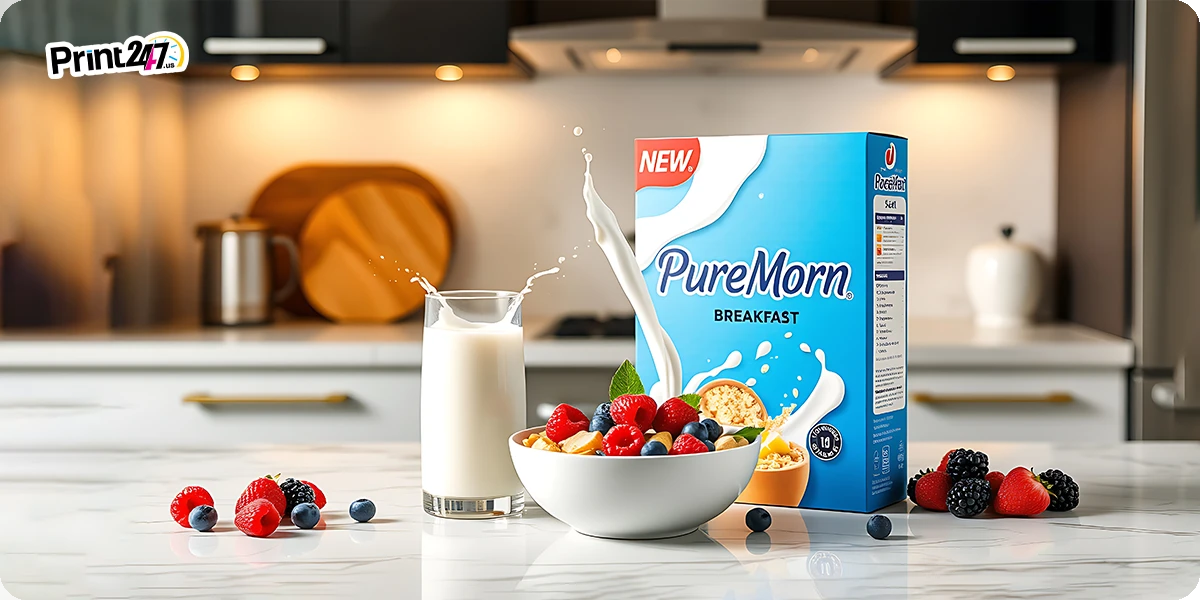
According to a study, the cereal market is growing fast, and the market volume will be expanding around in the coming years. The cereal market is about to touch US$25.35bn in 2029. Ever wonder what makes a cereal box tick? You know, those sturdy homes for our favorite breakfast treat? Well, the star of the show is usually cardboard. It's tough enough to keep those crunchy flakes safe but still light enough for us to carry with ease. And the best part?
These cardboard are recyclable, which makes them an eco-friendly option. These sturdy, recycled packaging for your cereal boxes is a plus. You know, cereal boxes have come a long way! It's not just about keeping your favorite flakes safe anymore. Today, they're a canvas for creativity and a reflection of our changing world. First off, science is playing a bigger role than ever.
Research is showing us that compostable materials are the way to go. Think about packaging that disappears back into the earth. It is pivotal to note that a cereal box has to be chosen wisely as it determines how presentable and safe your product will be. To make it stand out on the retail shelves you will also be establishing a great brand reputation.
What Are Custom Cereal Packaging Made of?
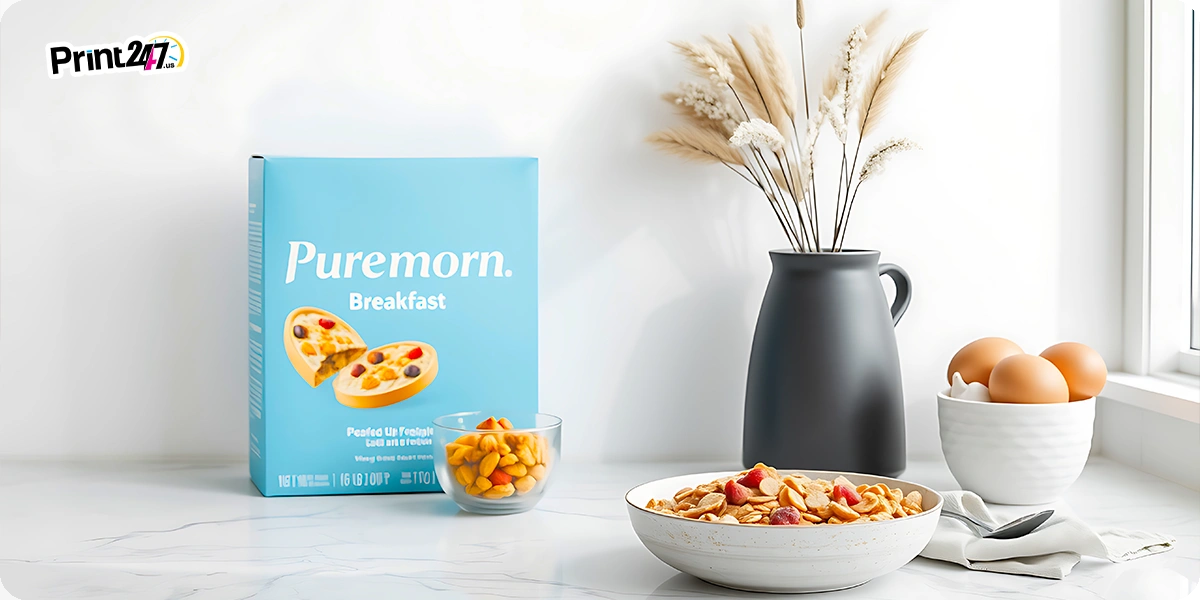
Companies augment to several new strategies for the effective manufacturing of cereal packaging. However, it is substantial to note that each brand of cereal prioritizes sustainable packaging practices. Our company has been the pioneer in promoting sustainability. The market is rapidly growing as the cereal industry is all in the rage. As back in 2018, people in America spent 8.5 billion dollars on purchasing RTE ready-to-eat cereal, which is much higher than any other breakfast food.
That's why we use food-grade and FSC certified materials to give long-term storage to delicate cereals. The best thing is that we laminate the cereal on the box's surface with eco-friendly coatings like gloss, matt finish and an aqueous coating to make it resistant to moisturization, tears and wear, sunlight and heat. Let's have a look at the materials options in detail.
List of Materials Popular For Packaging
Kraft papers are one of the perfect materials for food packaging. as it's the food-graded packaging. Kraft paper is a considerable choice for designing custom cereal boxes because of its important characteristics. Kraft is the best yet highly enthralling packaging that's also eco-friendly. It's made with wooden chips and brings no toxicity to your cereals. If you are looking for made-up cereal boxes, here are materials that could be used.
- Kraft paper is 100% eco-friendly.
- It can be recycled and reused.
- Kraft paper packaging is lightweight and easy to ship
- Kraft Paper also gives an earthy feel
- Kraft is robust in resisting harmful environmental elements
Cardboard Paper Packaging
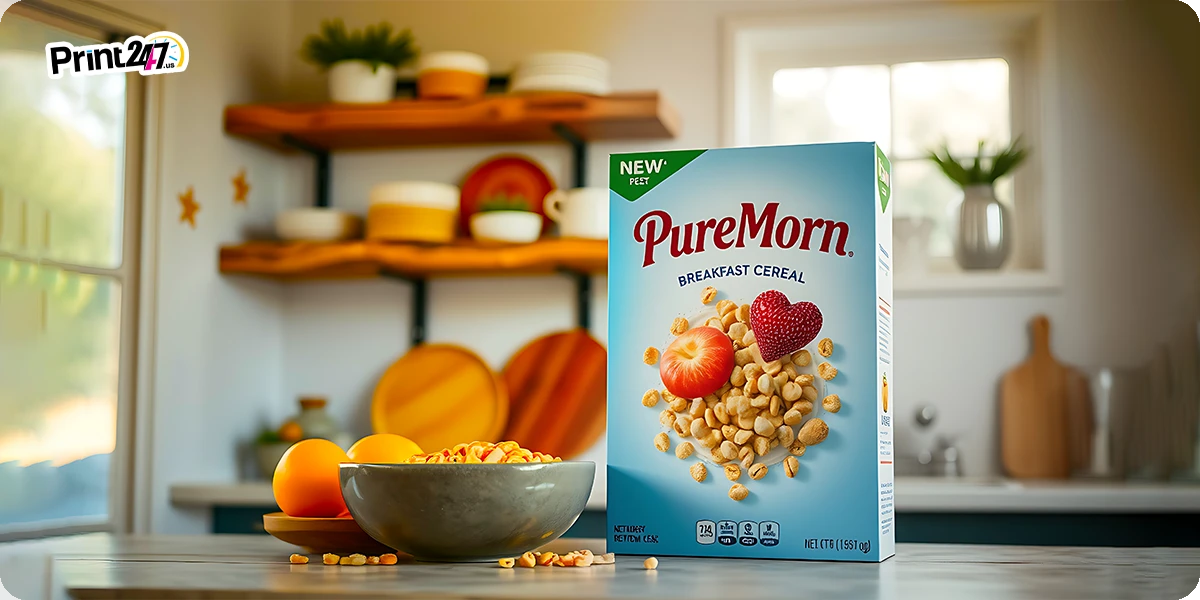
Cardboard paper is one of the impeccable choices for creating stunning empty cereal packaging. Here are the reasons to pick cardboard or cardstock for food boxes.
It's food-grade packaging that has no side effects on the food items. It goes through die-cutting as per the shape of a cereal box. Cardboard comes with plain surfaces, so it's also quite easier to print as it has a white surface and can adopt several colors. Cereal box design can be taken into consideration and it gets die-cutting.
Likewise Kraft cardboard paper is eco-friendly and recyclable as well. Cardboard packaging is sturdy and can withstand handling pressures and environmental factors as well. In addition, you will be able to get decor for cardboard paper bringing beautiful finishings.
Corrugated

You can get shipping of food items like cereals in the best way. Especially cereal manufacturers have corrugated material for shipping. The manufacturers ship plain cereal boxes flat as corrugated material is designed in a way with thick corrugated flutes.
Shipping of food items, especially cereals, is a challenging thing for cereal manufacturers.
This material has the sheer strength to handle a large number of flat cardboard cereal boxes. This packaging can effectively handle traveling traumas and is suitable for inventory stores as well. Thus, cereals are shipped in actual condition from the doorsteps to end users. It's not something to be used with cereal box material, but prepared cereal packaging can be transported through it.
The Cereal Boxes Making Process
Now, creating a cereal box is not as simple as it might seem. First, those eye-catching designs get printed, ready to grab our attention at the store. Then, giant sheets of cardboard are transformed into boxes, folded and glued with precision. The boxes can be altered as per your cereal box design and you will get exceptional and secure packaging.
After the assembling of the box, cereal gets packed inside as it snugly fits within like a bug fits in a rug; these are air-tightened and sealed. The freshness is kept intact. This way, the production goal is to create a practical yet sturdy cereal box. It is, of course, tailored to perfection for a super appealing feel.
Regular Dimensions of Cereal Boxes
Why Cardboard Reigns Supreme?
Going Beyond Cardboard
Food Safety First
Recycling Giving Back to the Planet
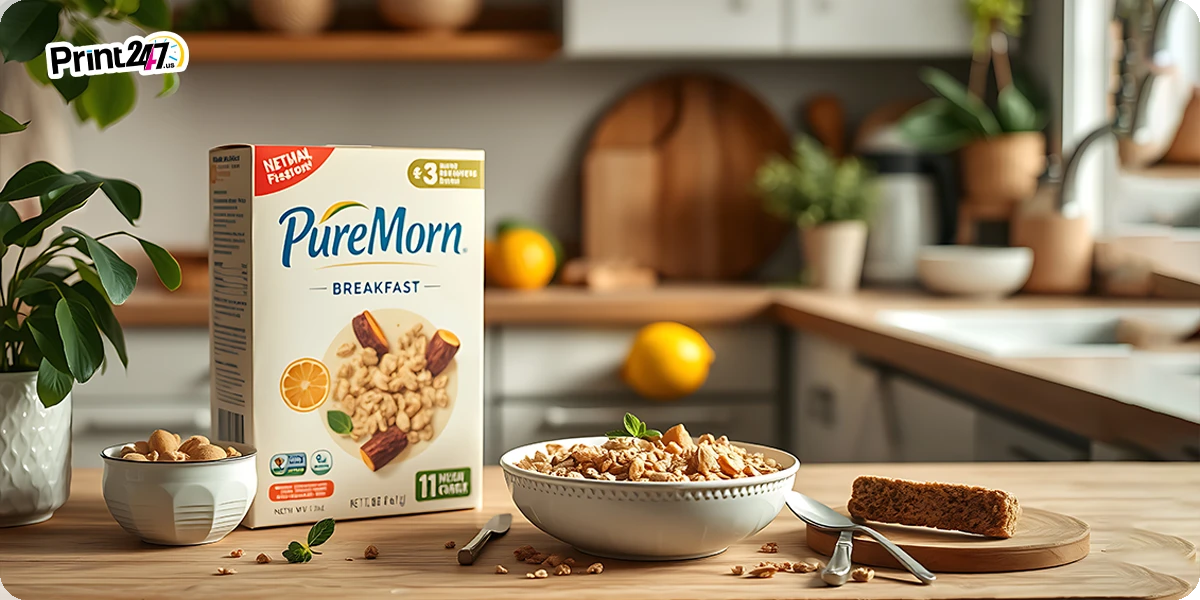
One of the coolest things about cereal boxes is that they're recyclable! Most of them are made from paperboard, which can be transformed into new products. In fact, many cereal boxes are already made from recycled paper, which is a fantastic way to reduce waste. Once recycled, the paperboard is broken down, cleaned, and given a new life, perhaps as insulation or even pet bedding.
Evolving Technology Packaging of the Future
- An ideal tool to advertise business
- Keep the freshness and taste of cereals for a longer period
- Create brand recognition
- Cost-effective packaging solution
- Build positive brand and client’s relation
- The best source to promote green packaging
- Offer clients an unforgettable buying and unboxing experience
Sustainability Matters
Preserving Freshness With Packaging
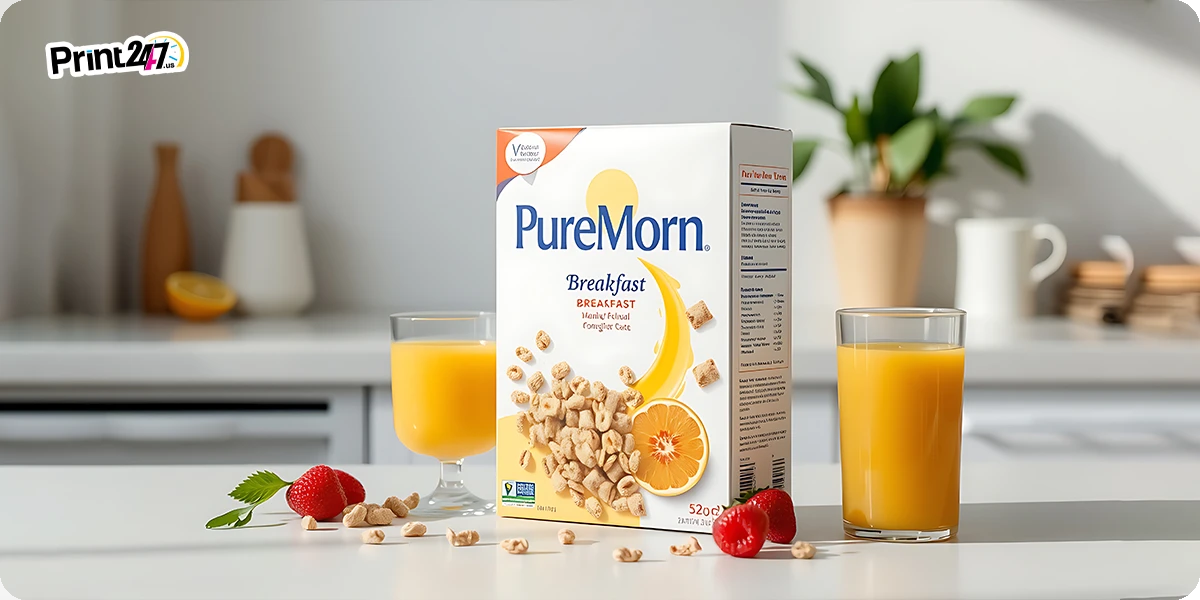
The cereal packaging material plays a crucial role which is overlooked as it has significance to preserve freshness and flavor of your product. It's up to the mark that construction requires careful engineering. It's meticulously designed to protect the delicate cereal from a myriad of threats.































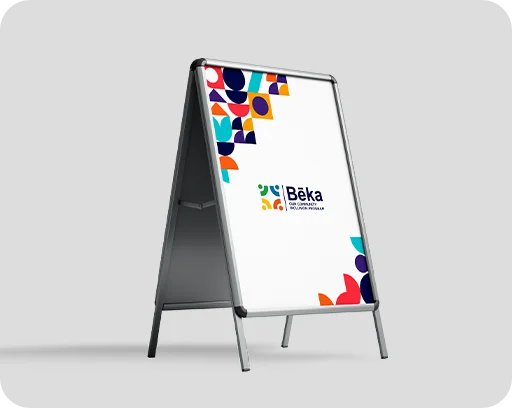


















.jpg)
.jpg)
.jpg)